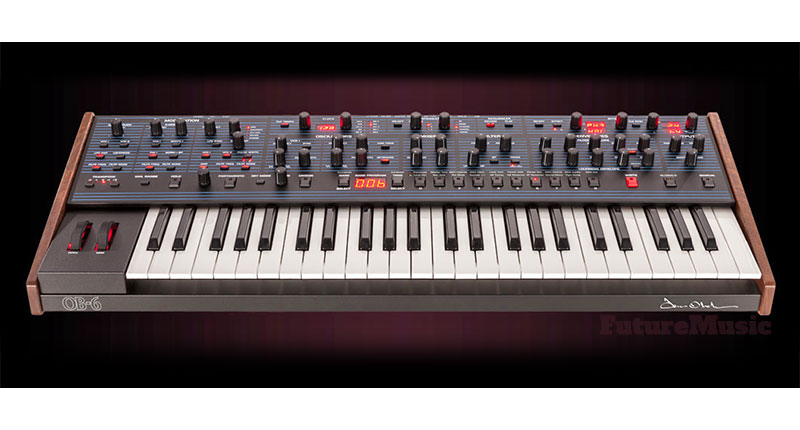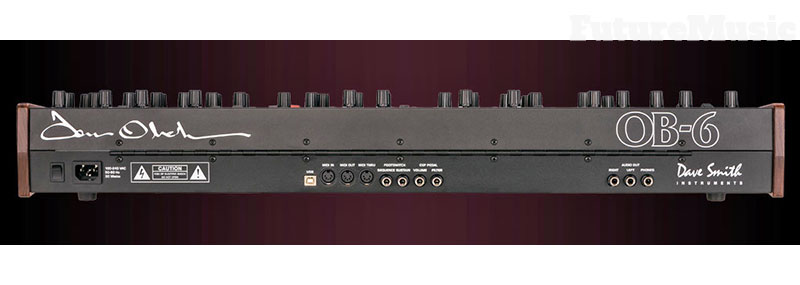It’s all true folks. Dave Smith and Tom Oberheim have been having an affair. We hate to go all TMZ here, but two of the “most influential designers in poly synth history” have been fooling around behind everyone’s back. The only reason this came to light is the fact that the child they had out of wedlock was discovered in Anaheim, California today. The two esteemed synth designers officially announced the OB-6, a analog collaboration between the two. Their offspring takes the classic bold Tom Oberheim package — with its true voltage-controlled oscillators, 2-pole filter, and amplifiers, and adds Smith’s modern enhancements such as studio-quality effects, a polyphonic step sequencer, an arpeggiator, and more. The four-octave, semi-weighted keyboard has velocity and channel aftertouch.

The OB-6 sound engine is inspired by Tom’s original SEM, the core of his 4-voice and 8- voice synthesizers. It features two discrete voltage-controlled oscillators (plus sub-oscillator) per voice with continuously variable waveshapes (sawtooth and variable-width pulse, plus a triangle wave on oscillator 2). The classic Oberheim-inspired 2-pole, state-variable, resonant filter provides low-pass, high-pass, band-pass, and notch functionality. Voltage-controlled amplifiers complete the all-analog signal path. Ok, Ok, we know…how does it sound? Play the video below as you read on…
The OB-6 takes the classic bold Tom Oberheim sound — with its true voltage-controlled oscillators, 2-pole filter, and amplifiers — and adds modern enhancements such as studio-quality effects, a polyphonic step sequencer, an arpeggiator, and more. No other modern analog poly synth can boast such a pedigree or such a massive, in-your-face sonic signature.
Vintage SEM Tone

Dual Effects
The dual effects section provides quality reverbs, delays (standard and BBD), chorus, flangers, and faithful recreations of Tom’s original phase shifter and ring modulator. While the effects themselves are digital, with 24-bit, 48 kHz resolution, a true bypass maintains a full analog signal path.
X-Mod and Poly Step Sequencing
Also present is X-Mod, which expands the tonal palette and makes it easy to create dramatic and unconventional sounds. Modulation sources are filter envelope and oscillator 2, both with bi-polar control. Destinations include oscillator 1 frequency, oscillator 1 shape, oscillator 1 pulse width, filter cutoff, and filter mode. The polyphonic step sequencer allows up to 64 steps and up to 6 notes per step. You can create sequences polyphonically, with rests, and sync to an external MIDI clock. The full-featured arpeggiator can be synced to external MIDI clock as well. Unison mode features configurable voice count (1-6 voices), chord memory, and key modes.
Easy to Program
The knob-per-function front panel puts virtually all OB-6 functions at your fingertips. Included are 500 permanent factory programs and 500 rewritable user programs. Turning on the Manual button enables live panel mode, in which the sound of the OB-6 switches to its current front panel settings. In this state, what you see is what you hear.
No officially pricing or availability has been announced.
Dave Smith Instruments






